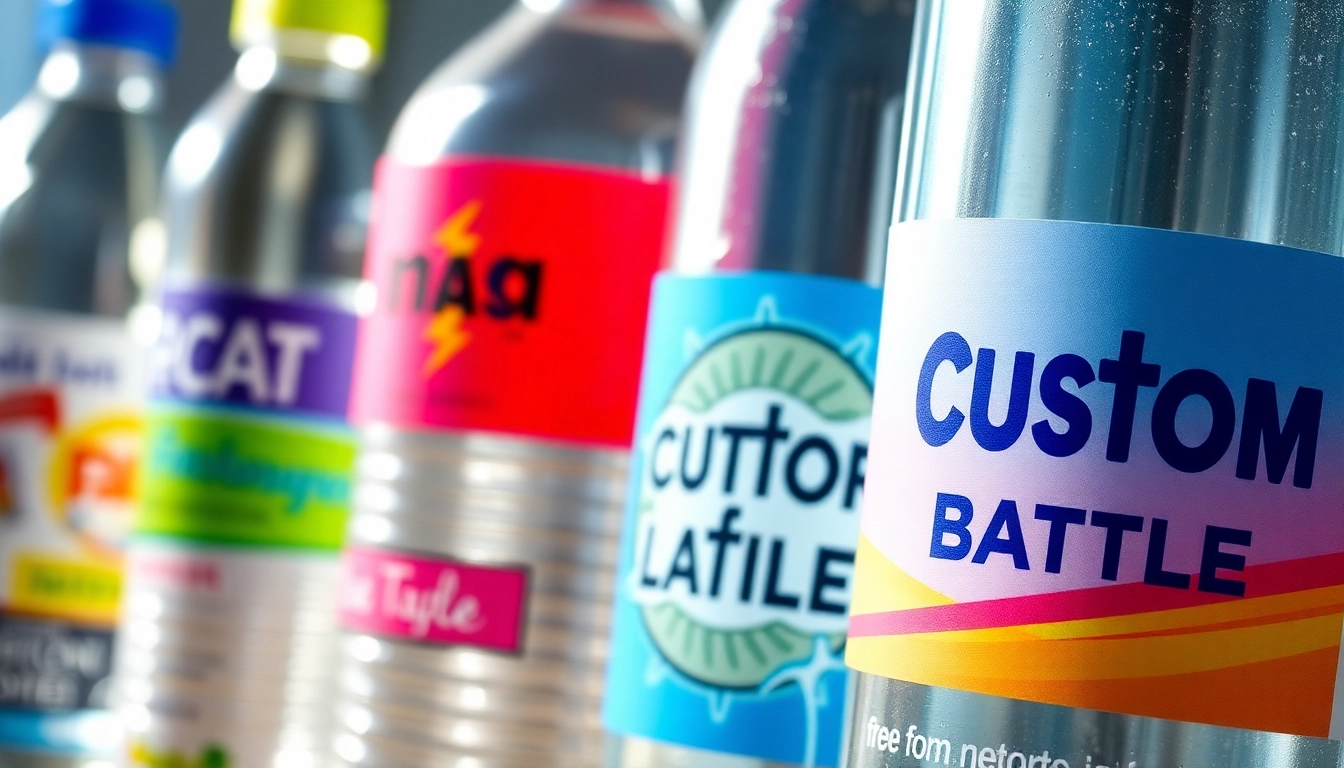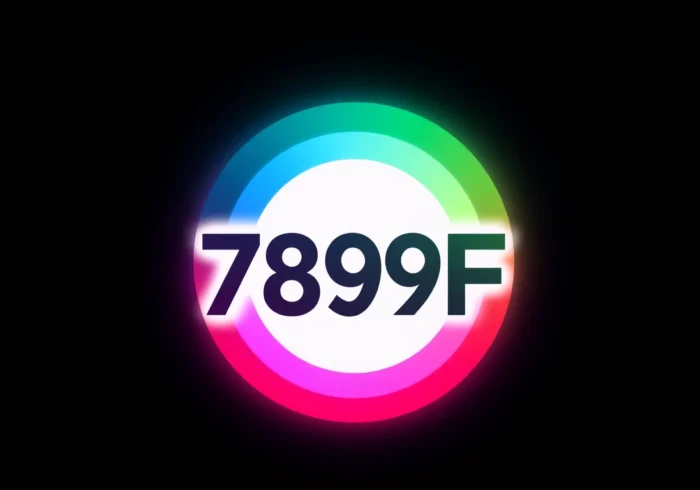Understanding the Basics of Custom Water Bottle Labels
Custom water bottle labels have become an essential branding and personalization tool for businesses, event organizers, and individuals seeking to make their bottled water stand out. Whether for promotional campaigns, weddings, corporate events, or personal gifting, these labels serve multiple purposes: they provide information, reinforce branding, and add aesthetic appeal. To leverage their full potential, it’s vital to understand the different types, materials, and design elements that influence the effectiveness and durability of your labels.
When starting your journey into custom water bottle labels, selecting the right type of label is foundational. Options range from roll labels, which are ideal for large-scale production and automated application, to cut-to-size labels, suitable for smaller batches or specific shapes. Stickers and decals also serve niche purposes, providing flexibility in design and application. A comprehensive understanding of these types ensures that your labels meet your needs, whether for a one-time event or ongoing business branding.
For more insights on creating eye-catching custom water bottle labels, we will delve into materials, design, manufacturing, and promotional strategies to help you craft labels that not only look professional but also withstand the rigors of daily use and environmental stressors.
Types of Labels: Roll, Cut-to-Size, and Stickers
Roll Labels
Roll labels are printed on a continuous sheet of adhesive material, wound around a core for easy application via labeling machines. They are highly efficient for high-volume production, such as at manufacturing plants or large events. Roll labels can be customized in multiple sizes and finishes, providing consistency and rapid application. They are particularly popular for mass marketing campaigns and retail environments where speed and uniformity are critical.
Cut-to-Size Labels
Cut-to-size labels come as individual sheets with precisely cut labels designed for manual application or smaller runs. These are ideal for custom events, such as weddings or boutique business promotions, where flexibility in shape and size is needed. They are highly versatile, allowing for complex designs, unique shapes, and localized branding touches that stand out on each bottle.
Stickers and Decals
Stickers and decals provide an alternative that emphasizes ease of application and decorative appeal. These are often used for promotional giveaways or adding a fun element to bottles in informal settings. Suitable for temporary branding or seasonal campaigns, stickers are typically less expensive and can be custom cut into any shape to match branding motifs or thematic elements.
Materials and Durability for Different Environments
Paper-Based Materials
Standard paper labels are suitable for indoor use where exposure to moisture or sunlight is minimal. They are cost-effective and ideal for short-term events or low-budget applications. However, they tend to deteriorate quickly when exposed to water or humidity, making them less suitable for outdoor or refrigerated environments.
Weatherproof and Waterproof Films
For outdoor events or durable branding, waterproof film labels are essential. These are manufactured from materials like polyester, clear vinyl, or polypropylene, which resist water, oils, and UV rays. They maintain their integrity and appearance over time, ensuring your branding remains unaffected by environmental factors.
Specialized Coatings and Finishes
Additional coatings such as gloss, matte, or UV-protective finishes can enhance the appearance and durability of your labels. Gloss finishes provide vibrant color reproduction, matte offers a sophisticated look with reduced glare, and UV coatings help resist fading from sunlight exposure. When selecting materials, consider environmental conditions and longevity requirements to optimize your investment.
Design Elements that Enhance Branding and Appeal
Color Psychology and Theme Matching
Color impacts perception; bold, vibrant hues attract attention, while subdued tones evoke elegance or calmness. Choose colors that align with your brand identity or event theme. For instance, eco-friendly brands often lean towards greens and earth tones, while luxury brands may prefer gold and black. Consistency in color palette across your labels and overall branding enhances recognition and trust.
Incorporating Logos and Text for Maximum Impact
Clear, high-resolution logos serve as the visual cornerstone of your label, reinforcing brand identity. Use legible fonts and appropriate sizes to ensure readability even on small bottles. Incorporate concise, impactful messaging — such as slogans or product details — that resonate with your target audience. Balance imagery and text to avoid clutter and ensure an aesthetically pleasing presentation.
Using Personalization for Unique Events
Personalization elevates the perceived value of your water bottles. Names, dates, custom messages, or event-specific graphics make each label special. For instance, wedding favors benefit from including couple names and wedding dates, while corporate promotions might feature event themes and logos. Personalization tools and templates available from label printers ease customization, increasing engagement and memorability.
Effective Design Strategies for Custom Water Bottle Labels
Color Psychology and Theme Matching
Effective design begins with understanding your audience and the message you wish to convey. Use color psychology to evoke specific emotional responses. For example, blue hues often suggest trust and purity, making them ideal for bottled water. Matching your label design with the event theme or brand personality creates cohesive and compelling visuals that resonate with viewers.
Incorporating Logos and Text for Maximum Impact
Placement of logos should be strategic—top or center areas typically draw immediate attention. Use high-resolution images and vector graphics to prevent pixelation. Pair logos with sleek, easy-to-read fonts for text elements like product descriptions, ingredient lists, or promotional messages. Consider hierarchy in design, emphasizing key information while keeping secondary details unobtrusive.
Using Personalization for Unique Events
Customization options include adding individual names, dates, or messages tailored to each recipient or occasion. Techniques such as variable data printing enable batch personalization without significantly increasing costs. Incorporate thematic graphics or motifs tied to specific events—such as floral designs for weddings or patriotic symbols for national holidays—to add exclusivity.
Manufacturing and Printing Techniques
Choosing Waterproof and Weather-Resistant Materials
High-quality water bottle labels require durable materials. Polyester and clear vinyl films are preferred for outdoor or refrigerated environments. These materials withstand moisture, condensation, and handling. Additional lamination or protective coatings further improve resistance to scratches, UV rays, and chemicals that bottles may encounter during use.
Print Quality and Color Accuracy Tips
For professional results, select printing services that utilize offset or digital printing with high-resolution capabilities. Accurate color matching is vital for brand consistency; requesting proofs before mass printing ensures fidelity. Pantone color matching can be used for precise color alignment, especially for logos and brand colors.
Working with Professional Label Printing Services
Partnering with experienced printers guarantees quality and adherence to specifications. Communicate your design, material preferences, and environmental needs clearly. Request samples and proofs, inquire about turnaround times, and discuss options for bulk discounts. Many services offer online design tools to simplify the creation process, saving you time and effort.
Cost-Effective Approaches to Custom Water Bottle Labels
Bulk Ordering and Cost Savings
Ordering in larger quantities significantly reduces the per-label cost. Forecast your needs based on event size or marketing campaigns and plan accordingly. Bulk orders also allow for more elaborate designs or higher-quality materials without breaking your budget. Many providers offer tiered pricing contingent on volume, making scalability affordable.
Design Templates and DIY Options
Utilize free or paid templates from online platforms like Canva or Adobe Spark to create professional designs without hiring costly designers. DIY design options are ideal for small businesses or individuals with creative skills. When combined with professional printing services, this approach balances quality and budget constraints.
Balancing Quality and Budget
Prioritize durability for outdoor or high-traffic events, while opting for budget-friendly options for short-term or indoor use. Consider a two-tier approach: premium labels for key branding areas and more affordable options for secondary purposes. Regularly compare pricing, materials, and turnaround times to identify the best value for your project’s scope.
Best Practices for Event and Brand Promotion
Aligning Labels with Event Themes or Business Identity
Consistency in visual branding ensures recognition across all touchpoints. Match your labels’ colors, fonts, and imagery with your overall branding guidelines or event themes. For weddings, incorporate complementary color schemes, motifs, and elegant typography. For corporate branding, emphasize logos, taglines, and color palettes that reinforce your messaging.
Distribution and Placement Strategies
Strategically distributing labeled water bottles increases visibility and engagement. Place them at high-traffic areas—registration desks, gift tables, or refreshment stations. Consider including QR codes on labels for digital interaction, surveys, or social media engagement. Branded bottles presented as part of gift bags or promotional kits leave lasting impressions.
Measuring Effectiveness and Collecting Feedback
Track the impact of your custom labels through sales uplifts, social media engagement, or attendee feedback. Use surveys to gauge brand recall, aesthetic appeal, and functional satisfaction. Analyzing performance metrics enables data-driven improvements for future campaigns or events, maximizing your ROI and brand exposure.



